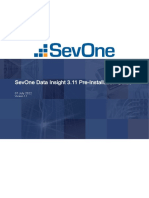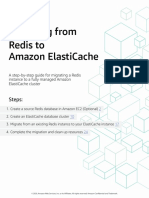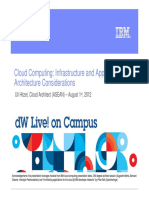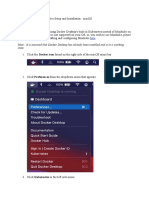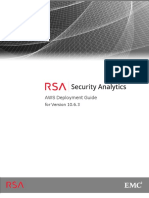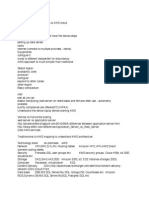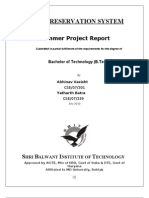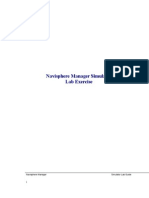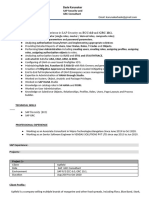0% found this document useful (0 votes)
19 views17 pagesSevOne Data Platform Deployment On Amazon Web Services
The document outlines the deployment process for SevOne Data Platform on Amazon Web Services (AWS), including prerequisites, AWS instance types, and detailed steps for deployment and configuration. It emphasizes the importance of using SSH keys, VPNs, and security groups for secure access and operation. Additionally, it provides specific guidelines for configuring SevOne appliances and managing their settings on AWS.
Uploaded by
subhasubha2588Copyright
© © All Rights Reserved
We take content rights seriously. If you suspect this is your content, claim it here.
Available Formats
Download as PDF, TXT or read online on Scribd
0% found this document useful (0 votes)
19 views17 pagesSevOne Data Platform Deployment On Amazon Web Services
The document outlines the deployment process for SevOne Data Platform on Amazon Web Services (AWS), including prerequisites, AWS instance types, and detailed steps for deployment and configuration. It emphasizes the importance of using SSH keys, VPNs, and security groups for secure access and operation. Additionally, it provides specific guidelines for configuring SevOne appliances and managing their settings on AWS.
Uploaded by
subhasubha2588Copyright
© © All Rights Reserved
We take content rights seriously. If you suspect this is your content, claim it here.
Available Formats
Download as PDF, TXT or read online on Scribd
/ 17










